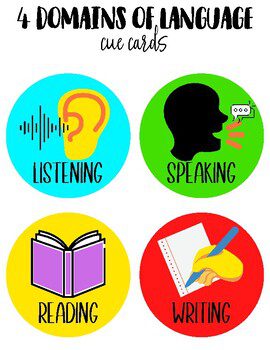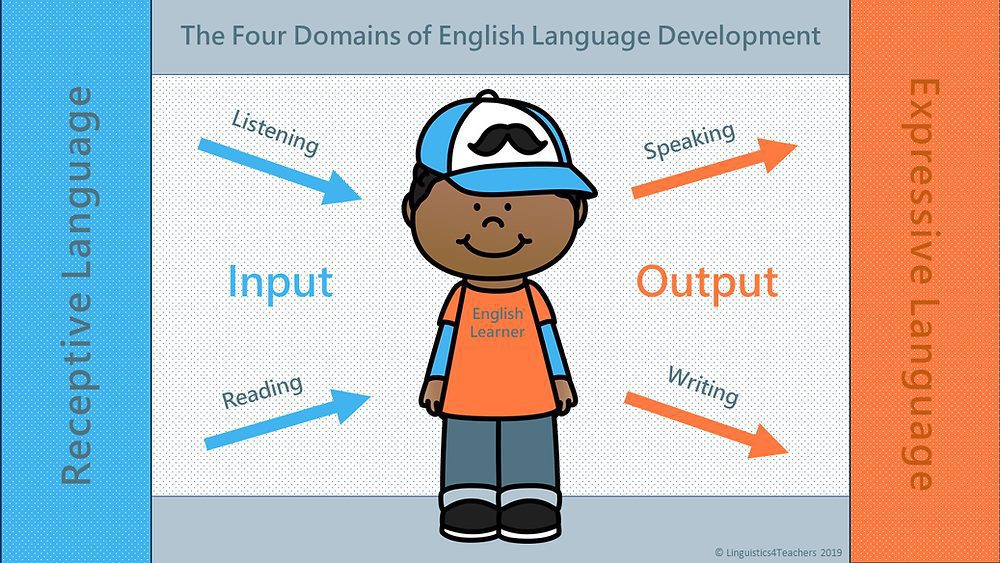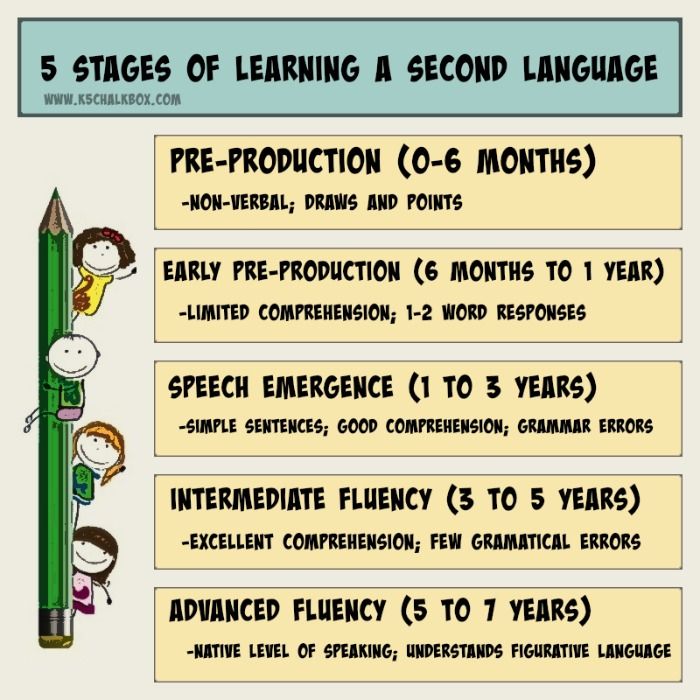
World- Class Instructional Design and Assessment (WIDA) has an article called Understanding Language Proficiency to Develop Language Goals, Grades K-5. It is lesson plans (with accompanying worksheets) that guide students in understanding language proficiency, determining their own strengths, and setting goals for language development. Designed for K-5 students.
The link below contains materials from WIDA as pdf:
https://acrobat.adobe.com/link/review?uri=urn:aaid:scds:US:36d40c4a-84df-3319-b35b-532dd81d2274
What is meant by language proficiency?
Language proficiency is defined, according to Joy L. Egbert and Gisela Ernst-Slavit, authors of Access to Academics, as the ability to use language accurately and appropriately in its oral and written forms in various settings.
Why is Language Proficiency important?
It is important to know the language proficiency, because you may be aware of most newcomers. You might not know how well those students and other emergent bilinguals in your class understand, read, write, or speak English.
To be proficient in a language requires the following:
- Knowledge and skills using linguistic components
- Background knowledge, critical thinking, and meta-cognitive skills, as well as understanding and applying cultural nuances, beliefs, and practices in context
- Skill use appropriately the 4 language domains: listening, speaking, reading, and writing – for various purposes, in various situations, with various audiences
Language Domains

The 4 language domains are interrelated, but they can develop at different rates and independently. The 4 domains are classified below:

Receptive Language is information someone receives through listening or reading activities. In listening, English Language Learners process, understand, and respond to spoken language from various speakers for various purposes in various situations. English Language Learners process, interpret, and evaluate written words, symbols, and other visual cues when reading texts to convey meaning.
Learning to read in a second language may be hindered or enhanced by students’ literacy level in their native languages. Students with strong reading foundations in their first language bring literacy skills that can typically be transferred to the process of learning to read in English.
Expressive language is information produced to convey meaning. It implies an audience, not always an immediate audience, as in writing a book review or an email. English Language Learners engage in oral communication in many social, cultural, and academic contexts. English Language Learners speak in various purposes and audiences. In writing, English Language Learners engage in written communication in various forms for various purposes and audiences. Forms include expressing meaning through drawing, symbol, and/or text. English Language Learners may come with writing styles and usages influenced by their home cultures.
Educators who understand the different demands of each language domain can help address the language learning needs of English Language Learners.
Joy L. Egbert and Gisela Ernst-Slavit note that proficiency in a language may vary across the 4 basic language skills. Adult language learners say, “I can read German, but I can’t speak at all.” Likewise, in some English Language Learners, they may have stronger listening and speaking skills, while others might be strong writers, but not as strong when it comes to speaking.
When assessing the proficiency levels of English Language learners, it is important to consider individual students’ performance in each domain.
English Language Proficiency
Students move along in a continuum of predictable stages as they learn a second language. The following are the Stages of Second Language Acquisition:

Educators must carefully observe and interact with individual students. This way, it will help educators identify each students’ level of language proficiency. This information is pivotal in planning appropriate instruction for English Language Learners.
While most students follow the same path in learning English, e.g. certain linguistic forms and rules are acquired early, while others tend to acquire late. Their pace and rate are different. Some acquire native-like competency in seven years, some may take 10 years, while others may never reach that level.
Assessing Students’ English Language Proficiency
Authors of Equitable Access for English Learners emphasize that teachers should be aware of their English Learners’ English Language Proficiency as teachers prepare lessons. Teachers should have some idea of the types of support students will need, and what students can expect at different levels to plan.
Authors believe formative assessments are designed to help teachers determine their ability to plan the next steps in instruction. One formative assessment authors suggest is an On-demand Writing Sample to determine English Language Proficiency. Teachers give students a general topic they would have an opinion about, e.g. what they like to do outside of school or what they don’t like about school. Then ask students to write in English about the topic for at least 10 minutes.
These writing samples should give you a general idea of the students’ English proficiency level. You can also ask students to write about a topic in their home language. Authors note that even if you cannot read what they write, you can gauge their general ability in the language based simply on how much they write.
Looking at students’ handwriting in either English or their home language will also give you an idea of how much formal schooling student has received. Authors (2020) write “students who have attended school have been given some formal instruction in penmanship.” (pg. 26)
You can share students’ writing samples with other teachers to analyze them together. Teachers can discuss writing samples, look at students with the same home languages and different home languages, and consider students’ length of residence in this country and previous schooling. Teachers can refer to the proficiency level descriptor to determine their students’ written proficiency level.

Authors of Equitable Access for English Learners describe MacDonald and her coauthors as a four-stage process they use to integrate formative assessment into teaching. The process is shown below:
- Design and teach lessons that focus on developing both academic content knowledge and academic language. These lessons have clearly stated language objectives.
- Sample students’ language by planning lessons during which students will produce oral or written language that can be collected.
- Teachers analyze students’ language samples by using different tools to conduct their analysis, and use this information to plan further instruction.
- Provide formative feedback to give students clear, progress oriented, and actionable information about their language use – both on what they are doing well and what they can do to become more effective use of English.
Formative Feedback Tools
Authors give a list of formative feedback tools below:
- Checklists contain items that students or teachers can respond to with a simple yes or no.
- Rating scales that indicate how well something was done.
- Rubrics outline the criteria students should meet in different areas.
Developing checklists, rating scales, and rubrics helps teachers make expectations clear to students, and helps students know exactly what they need to do to succeed.
Conclusion
Understanding the language proficiency of your students can help address the language learning needs. Teachers aware of students’ language proficiency level can prepare appropriate instructions. I understand that many mainstream teachers with English Learners in their classes are expected to teach using district-adopted language arts textbooks. These materials may include a few suggestions for working with English Learners. So, I included understanding language proficiency as one of the key practices authors suggested in Equitable Access for English Learners to help educators address the language learning needs of their students.

Thank you.
Thx.